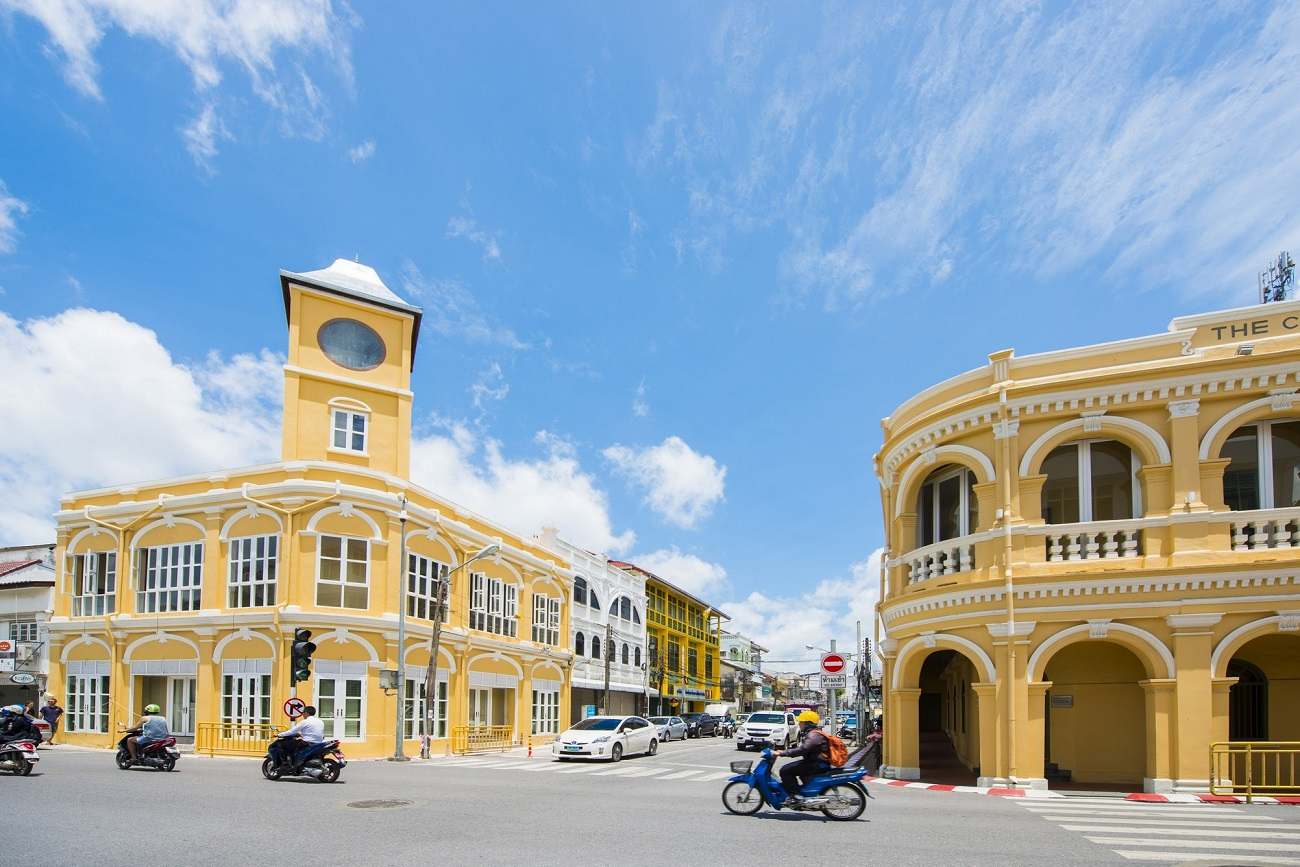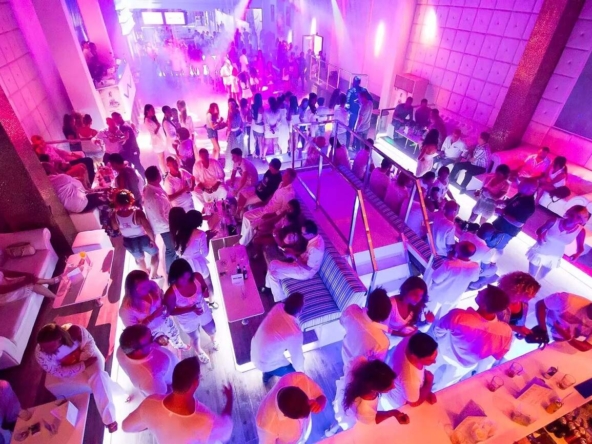Imagine strolling down narrow streets lined with pastel-hued buildings, their shuttered windows and ornate balconies glowing in the afternoon sun. The air carries the aroma of fresh coffee from a hidden café, mingling with the scent of incense drifting from a nearby temple. This is Phuket Old Town—a place where history, culture, and daily life intertwine in a tapestry of color and charm.
Nestled at the heart of Phuket, the Old Town spans just 2.7 square kilometers but offers a world of discovery. Its ten historic streets—Klang, Phang Nga, Rassada, Dee Buk, Krabi, Thep Kasattri, Phuket, Yaowarat, Satun, and Soi Rammanee—form the backbone of this heritage quarter. With their distinctive Sino-Portuguese architecture, lively markets, and vibrant street scenes, they tell the story of an island that has always been a crossroads of cultures.
Today, Phuket Old Town is not just a heritage site but a living, breathing community. Its character complements the island’s booming tourism industry, giving visitors a chance to experience a different side of Phuket—one rooted in history, art, and tradition. And for those staying in luxury villas nearby, exploring this cultural gem becomes an easy and enriching part of their journey.
Historical and Architectural Charm

Phuket Old Town owes much of its beauty and identity to its past. The town began to flourish in the 16th century when tin mining attracted traders and settlers from around the world. Among them were the Hokkien Chinese, who played a significant role in shaping the local culture. Their influence blended with European investment during the early 20th century, especially under the guidance of Governor Ratsadanupradit, to create the distinctive Sino-Portuguese style that defines the town today.
Architecturally, this fusion is striking. Shophouses dominate the streets—tall, narrow buildings with crisp pastel facades and tiled walkways that provide shade from the tropical sun. Many feature carved wooden shutters, arched doorways, and intricate stucco work that combine Chinese decorative elements with European design sensibilities. Walking through these streets is like stepping into an open-air museum, but one where life continues to unfold behind every doorway.
Cultural Landmarks and Local Life
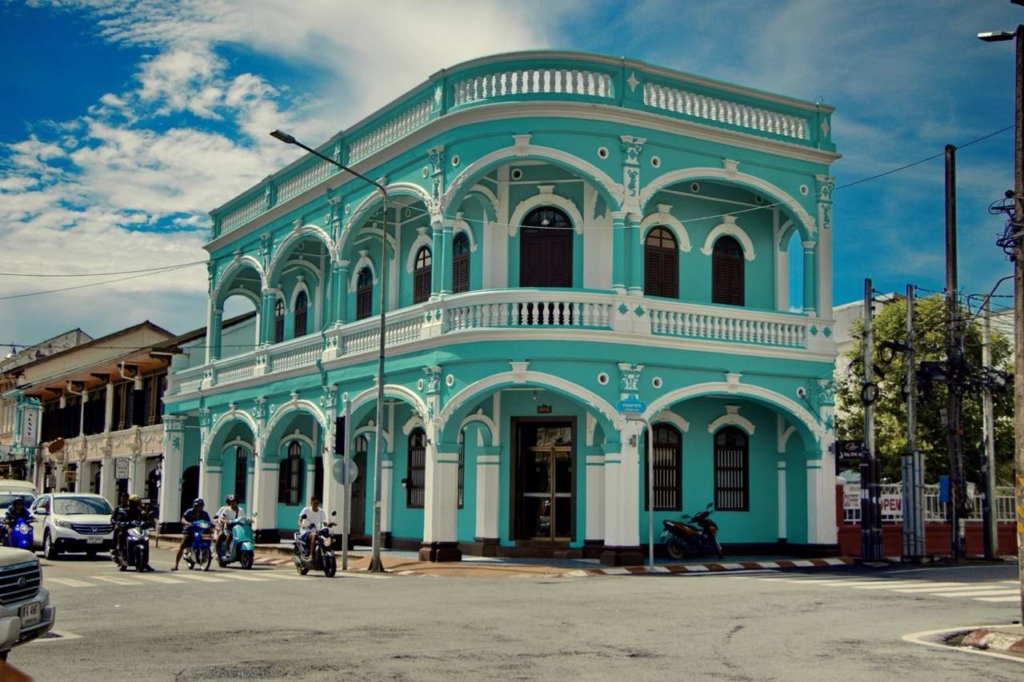
While the architecture sets the stage, it is the landmarks and daily rhythms that bring Phuket Old Town to life. A stroll through town reveals treasures like the Thai Hua Museum, which chronicles the story of the island’s Chinese community, and Baan Chinpracha, a beautifully preserved mansion that offers a glimpse into elite life during the early 20th century. The stately Phuket Provincial Hall and the quaint philatelic museum add further layers to the town’s cultural landscape.
Cafés and restaurants are another highlight, blending heritage with modern hospitality. China Inn Café, with its vintage décor, makes a perfect stop for a relaxed meal. The House of the Beautiful Images charms visitors with its artful interiors, while One Chun—a Michelin Bib Gourmand recipient—serves authentic southern Thai cuisine in a historic setting. These spaces are more than eateries; they are cultural bridges where traditional flavors and stories are preserved and celebrated.
Equally important is the legacy of the Peranakan, or “Baba,” community—descendants of early Chinese settlers who intermarried with local Thais. Their traditions continue to shape the town’s cuisine, fashion, and festivals, infusing Old Town with a unique cultural identity.
Walking Around Old Town
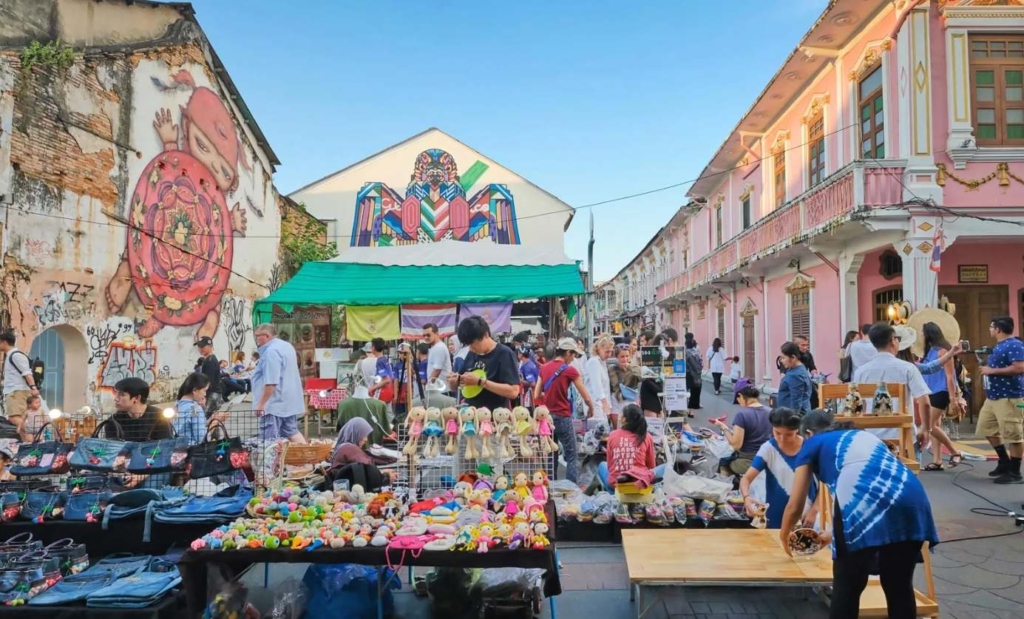
One of the joys of visiting Phuket Old Town is its walkability. Early mornings are perfect for exploring the fresh markets, where locals barter over tropical fruits, spices, and seafood. As the day unfolds, the streets reveal colorful murals and creative street art tucked into alleyways, juxtaposed against the elegance of old shophouses. Boutiques and craft shops invite browsing, offering everything from handmade jewelry to traditional fabrics.
For an unforgettable escape, visitors can choose their own theme for exploration. Food lovers might embark on a culinary crawl, sampling Hokkien noodles, coconut sweets, and iced desserts from roadside stalls. Architecture enthusiasts will delight in tracing the evolution of design from mansion to shophouse. Those with a passion for culture may spend hours in museums and art galleries, while festival-goers can time their visit to coincide with lively events such as the Phuket Old Town Festival or the annual Baba Wedding.
Phuket’s Tourism Boom – Old Town’s Role
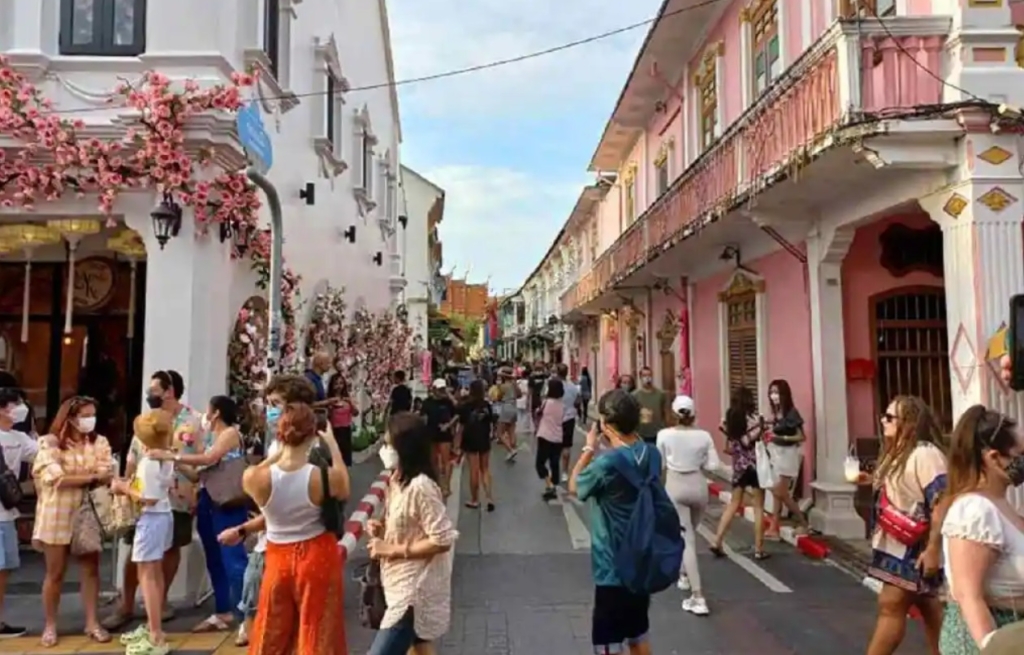
Phuket continues to thrive as one of Thailand’s most visited destinations. In the first five months of 2025 alone, the island welcomed approximately 5.86 million tourists, generating around 223.8 billion baht in tourism revenue—an increase of more than 5% compared to the same period the year before, according to The Phuket News.
While most travelers are drawn to the island’s beaches and resorts, Phuket Old Town plays a vital role in balancing the visitor experience. It offers cultural depth and diversity that enriches the overall tourism portfolio. By showcasing heritage and history, the Old Town helps sustain interest in Phuket beyond its coastline, ensuring that tourism benefits are spread more evenly across communities.
Balancing Past and Present
With growing popularity comes the challenge of sustainability. Phuket Old Town has set its sights on becoming carbon-neutral by 2030, a goal that reflects the community’s commitment to preserving both its environment and heritage. And balancing the needs of residents with those of tourists is a delicate task, requiring thoughtful planning and cooperation.
Community efforts are central to this balance. Local groups and officials work together to preserve the architectural integrity of shophouses, promote beautification projects, and support artisans whose crafts keep traditions alive. These initiatives not only protect the town’s charm but also ensure that the benefits of tourism are shared among those who call Old Town home.
Visitor Tips and Itinerary
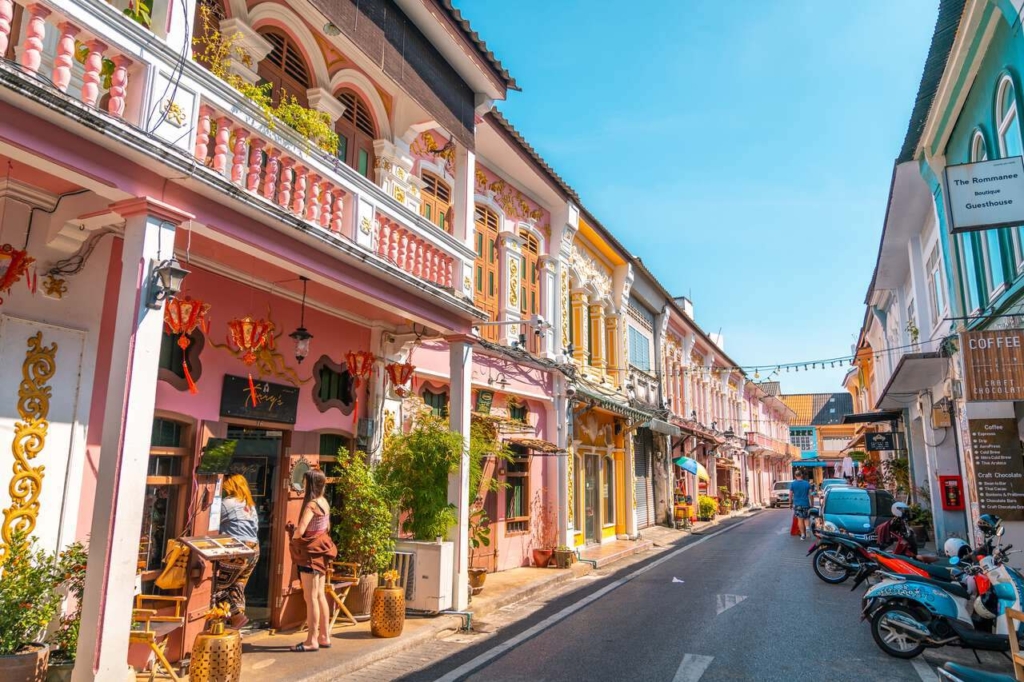
For travelers planning a visit, timing makes all the difference. Early mornings or weekdays are ideal for quieter, more relaxed walks. Comfortable shoes are a must for covering the cobblestoned streets, while sunscreen and light clothing will keep the tropical sun at bay. Visitors should also dress respectfully if they plan to step inside temples or shrines.
There are certain experiences no one should miss: browsing the heritage shops for unique souvenirs, savoring a Peranakan dish such as massaman curry or mee hoon, visiting at least one museum, enjoying coffee in a vintage café, and pausing to admire the street art that dots the walls of Old Town.
Accommodation also enhances the experience. Choosing a prime location makes exploration effortless. For those seeking comfort, style, and privacy, staying in one of the stunning Phuket villas offers the perfect combination of luxury living and proximity to the cultural heart of the island.
Related article: A Comprehensive Guide About What to Look for in a Luxury Villa in Thailand
Where Heritage Breathes and Stories Live
Phuket Old Town is more than just a historic quarter—it is a living gallery where the past and present coexist in harmony. Its streets speak through architecture, its cafés tell stories through flavors, and its festivals carry forward traditions that have shaped the island for centuries. For visitors seeking more than beaches and nightlife, Old Town reveals a different face of Phuket, one that is deeply rooted in history yet alive with creativity. Here, every wall whispers a story, and every stroll offers inspiration. It is a place where culture breathes, heritage thrives, and time itself seems to slow down.
–
Featured Image by Thailand Tourism Directory

